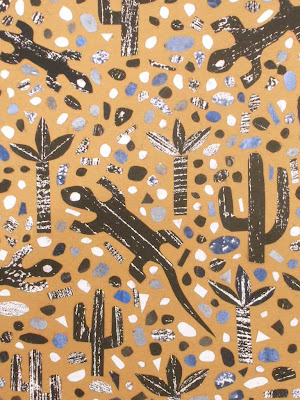"A delicate young female, tenderly brought up and of such exquisite sensibility that she might be said to be alive at every pore ..."
This was how Richard Blechynden, in his voluminous diary, described his long lost sister, Lydia Logie. She was one of the victims - and one of the few survivors - of the Grosvenor, an East Indiaman shipwrecked off the wild and rocky coast of south-east Africa in the 1780s, hundreds of miles from the nearest European settlement.
For her, at least, it might as well have been Mars.
She was never heard of again except through hearsay, rumour and vague reports of sightings, but it is thought this well educated talkative genteel English young lady, accustomed to all the fine trappings of English middle to upper class society, lived out her days as the wife of a native warrior in a Pondoland settlement.
Lydia Logie's tragic story and lonely, hopeless fate in a strange and barren land, which I read about in a fascinating secondhand book I picked up a couple of months ago (The Caliban Shore by Stephen Taylor) prompted this image.
It is made up of collaged and clipped monoprinted papers.
Alive or dead? Standing or prone? Remembered or forgotten - and how long before Lydia Logie shed the outward signs of civilization as she had known it? And forgot her mother tongue?
Vanity of vanity, all is vanities ...





